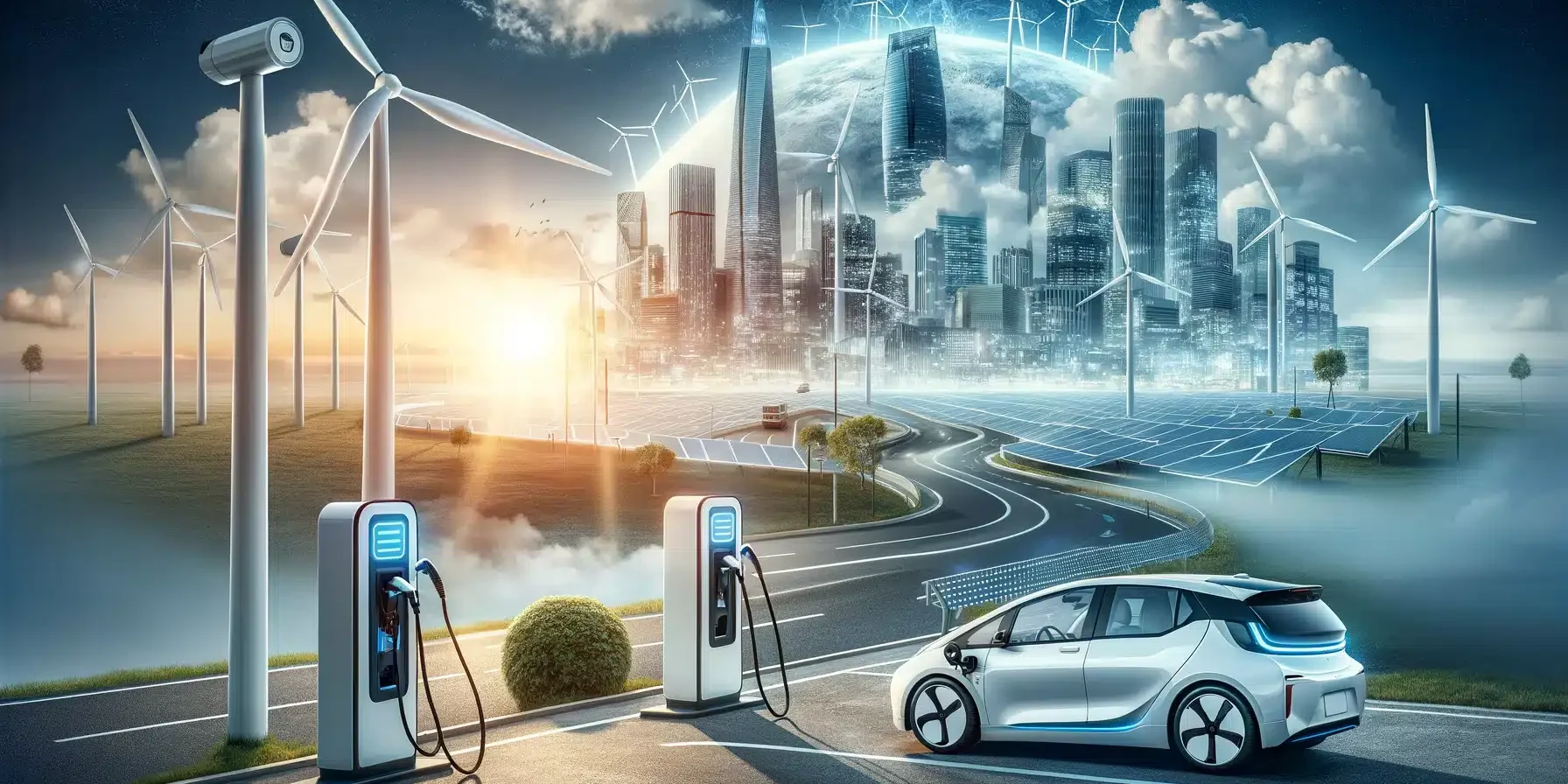In an era defined by environmental consciousness and technological innovation, the automotive industry finds itself at a pivotal crossroads. Electric vehicles (EVs) have transcended their status as niche products to become mainstream contenders, challenging conventional wisdom about performance, design, and sustainability. This transformation isn’t merely about replacing petrol engines with batteries; it represents a fundamental reimagining of how we approach transportation in the 21st century. The impact of electric vehicles on urban planning extends far beyond individual consumer choices, influencing infrastructure development, energy distribution networks, and even the very layout of our cities.
As the EV market matures, established automotive giants and innovative newcomers are engaged in increasingly fierce competition. The battle between legacy manufacturers like Ford and cutting-edge brands like Tesla exemplifies this dynamic—traditional engineering excellence confronting digital-first disruptors. This competition has accelerated innovation and driven down costs, making electric vehicles increasingly accessible to mainstream consumers. The rapid advancement in battery technology has been particularly remarkable, with ranges extending beyond 300 miles on a single charge for many current models.
The transition to electric mobility isn’t without its challenges, of course. Early adopters of hybrid technology, such as those who purchased the 2004 Honda Civic Hybrid, have experienced firsthand the teething problems that can accompany automotive innovation. As these pioneering vehicles age, issues with battery degradation, transmission reliability, and maintenance costs have emerged as significant considerations. However, these challenges have informed the development of current EVs, with manufacturers implementing more robust battery management systems and improved thermal regulation.
Among the most exciting entrants in the premium electric SUV segment is the 2025 Rivian R1S, which represents a bold vision of what electric vehicles can achieve when unencumbered by the legacy constraints of traditional automakers. With its striking design, exceptional off-road capabilities, and advanced technology integration, the R1S demonstrates that electric vehicles needn’t sacrifice capability or desirability in the pursuit of sustainability. This new generation of purpose-built EVs is helping to dispel lingering concerns about range anxiety, charging infrastructure, and performance limitations.
The environmental benefits of widespread EV adoption are significant and multi-faceted. While electric vehicles do have an environmental footprint during manufacturing—particularly related to battery production—their lifetime emissions are substantially lower than internal combustion equivalents when charged with increasingly renewable electricity grids. The reduction in tailpipe emissions is particularly consequential for urban air quality, where vehicle pollution contributes significantly to respiratory health issues and diminished quality of life. As charging infrastructure expands and renewable energy makes up an increasing proportion of the grid, these environmental advantages will only become more pronounced.
https://www.youtube.com/watch?v=SYsLwD_BcGY
The Technology Driving Change
The rapid evolution of electric vehicle technology has been nothing short of remarkable. Battery energy density—the amount of electricity that can be stored in a given volume or weight—has improved by approximately 7-8% annually over the past decade. This advancement has enabled longer ranges, shorter charging times, and lighter vehicles. Current lithium-ion technology continues to improve incrementally, but more revolutionary battery chemistries are on the horizon. Solid-state batteries, for example, promise even greater energy density, faster charging, improved safety, and longer lifespans.
Electric motors themselves have undergone significant development. Modern EV motors are marvels of efficiency, converting more than 90% of energy input into mechanical motion—far surpassing the roughly 30% efficiency of internal combustion engines. This inherent efficiency advantage translates directly into lower energy costs for consumers. Additionally, the simplicity of electric drivetrains—with far fewer moving parts than traditional engines—promises reduced maintenance requirements and potentially longer vehicle lifespans.
Advanced driver assistance systems (ADAS) have become increasingly integrated with electric vehicle technology. The precise control afforded by electric motors enables more sophisticated traction and stability systems, while the high-voltage architecture supports the power demands of complex sensor arrays and computing systems. This convergence is accelerating the development path toward autonomous vehicles, with electric drivetrains providing an ideal platform for the next generation of mobility solutions.
Charging infrastructure continues to expand rapidly, addressing one of the primary barriers to widespread EV adoption. Ultra-fast DC charging networks now enable recharging at rates approaching 350 kW, allowing compatible vehicles to add hundreds of miles of range in 20-30 minutes. Meanwhile, the proliferation of home charging solutions means that for many drivers, their vehicles begin each day with a full “tank”—a convenience that traditional vehicles cannot match. As wireless charging technologies mature, the experience promises to become even more seamless.
Economic and Social Implications
The economic implications of the transition to electric mobility extend far beyond the automotive sector. The shift represents a fundamental realignment of energy consumption patterns, with electricity replacing petroleum as the primary energy source for transportation. This transition creates new economic opportunities in grid infrastructure, renewable energy generation, and advanced manufacturing, while simultaneously challenging established industries built around fossil fuel extraction, refining, and distribution.
For consumers, the total cost of ownership equation is increasingly tilting in favor of electric vehicles. While purchase prices remain generally higher than comparable internal combustion models, this gap continues to narrow as production scales up and battery costs decline. Meanwhile, the operational savings from lower energy costs and reduced maintenance can be substantial, particularly for high-mileage users. Government incentives in many markets further improve the value proposition, though these will likely phase out as the technology becomes self-sustaining.
The labor market implications are mixed. Traditional automotive manufacturing has historically been labor-intensive, with complex engine and transmission production requiring specialized skills. Electric vehicle production generally requires fewer assembly hours per vehicle, potentially reducing employment in manufacturing. However, the broader electrification ecosystem—including charging infrastructure deployment, renewable energy integration, and advanced battery production—creates new employment opportunities that may offset these losses.
From a geopolitical perspective, the transition to electric mobility has profound implications for energy security and international relations. Nations heavily dependent on petroleum imports have strategic incentives to accelerate electrification, reducing their vulnerability to oil price volatility and supply disruptions. Conversely, the geographic redistribution of critical mineral resources for battery production—including lithium, cobalt, and nickel—is creating new dependencies and driving investment in alternative battery chemistries and recycling capabilities.
Looking Ahead: Challenges and Opportunities
Despite the remarkable progress in electric vehicle technology and adoption, significant challenges remain on the path to widespread electrification. Range anxiety persists as a psychological barrier for many potential adopters, even as actual vehicle capabilities increasingly render these concerns obsolete for typical usage patterns. Public charging infrastructure, while expanding rapidly, remains unevenly distributed geographically and often suffers from reliability issues and inconsistent user experiences.
Grid capacity and resilience present another set of challenges. As electric vehicle adoption accelerates, local distribution networks may require substantial upgrades to handle increased demand, particularly in residential neighborhoods where multiple vehicles might charge simultaneously. However, smart charging technologies and vehicle-to-grid capabilities offer potential solutions, enabling EVs to function as distributed energy resources that can support rather than strain the electrical system.
The environmental impact of battery production and end-of-life management remains an area of concern. Critical mineral extraction for battery components can have significant ecological and social consequences if not properly managed. The industry is responding with increased investment in recycling technologies, alternative battery chemistries that reduce dependence on scarce materials, and improved supply chain transparency. These efforts are essential to ensuring that the environmental benefits of electric vehicles are not undermined by unsustainable production practices.
The transition to electric mobility also raises important questions about equity and access. Without thoughtful policy interventions, there is a risk that the benefits of electrification will accrue primarily to affluent early adopters, while disadvantaged communities continue to bear the environmental and health burdens of aging, high-emission vehicles. Addressing this challenge requires targeted incentives for lower-income households, investment in public charging infrastructure in underserved areas, and support for electric public transportation and shared mobility solutions.
Conclusion: Embracing the Electric Future
The transition to electric mobility represents one of the most significant transformations in transportation since the replacement of horse-drawn carriages with automobiles over a century ago. The convergence of technological innovation, environmental imperatives, and changing consumer preferences has created unstoppable momentum toward an electric future. For individual consumers, businesses, and policymakers alike, the question is no longer whether this transition will occur, but rather how quickly and through what pathway.
The automotive industry itself continues to evolve rapidly in response to these changes. Traditional manufacturers are investing unprecedented sums in electrification strategies, while new entrants unencumbered by legacy investments are challenging established business models. This competitive landscape is driving innovation at an extraordinary pace, with benefits flowing to consumers in the form of improved vehicles, expanded choices, and enhanced value.
“The electric revolution isn’t merely about swapping one powertrain for another—it’s about reimagining what mobility can and should be in a sustainable future,” says Robert Anderson, Director of Amazing Cars and Drives. “We’re witnessing not just technological evolution but a fundamental shift in how people relate to their vehicles and how those vehicles relate to the broader energy ecosystem.”
As we navigate this transition, maintaining a balanced perspective is essential. Electric vehicles are not a panacea for all transportation-related environmental challenges, particularly if the electricity used to charge them comes from carbon-intensive sources. A holistic approach that encompasses renewable energy deployment, urban planning that reduces car dependence, and investment in public transportation will yield the greatest benefits. Nevertheless, the electrification of personal vehicles represents a critical and achievable step toward more sustainable mobility systems.
For more information about electric vehicles, sustainable transportation solutions, and the future of mobility, visit AmazingCarandDrives.com.





























